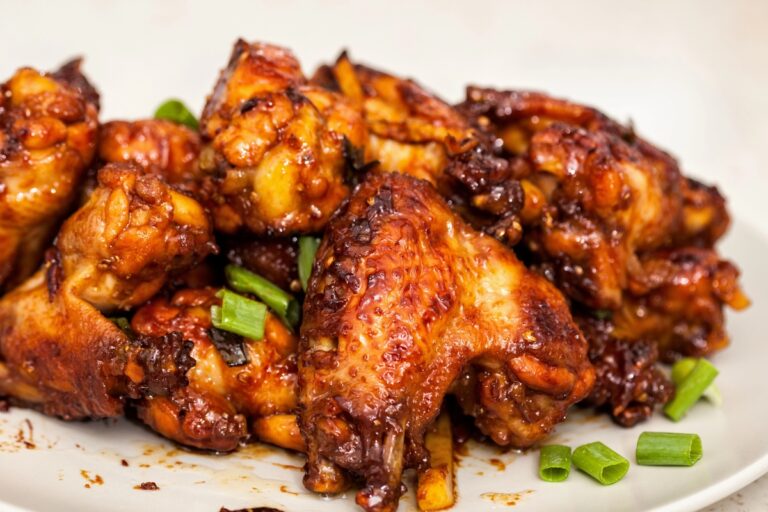15 Thanksgiving Foods with Unique Origins You Never Knew About
Thanksgiving is a holiday rich with traditions, and the foods we eat during this time each year have fascinating histories. From cranberry sauce to pumpkin pie, each dish has its own unique story, influenced by Native American practices, European settlers, and even ancient civilizations.
Understanding the surprising origins of these classic Thanksgiving foods adds a new layer of appreciation to the holiday meal. Here’s a closer look at 15 Thanksgiving staples and where they really came from.
Turkey: The All-American Bird
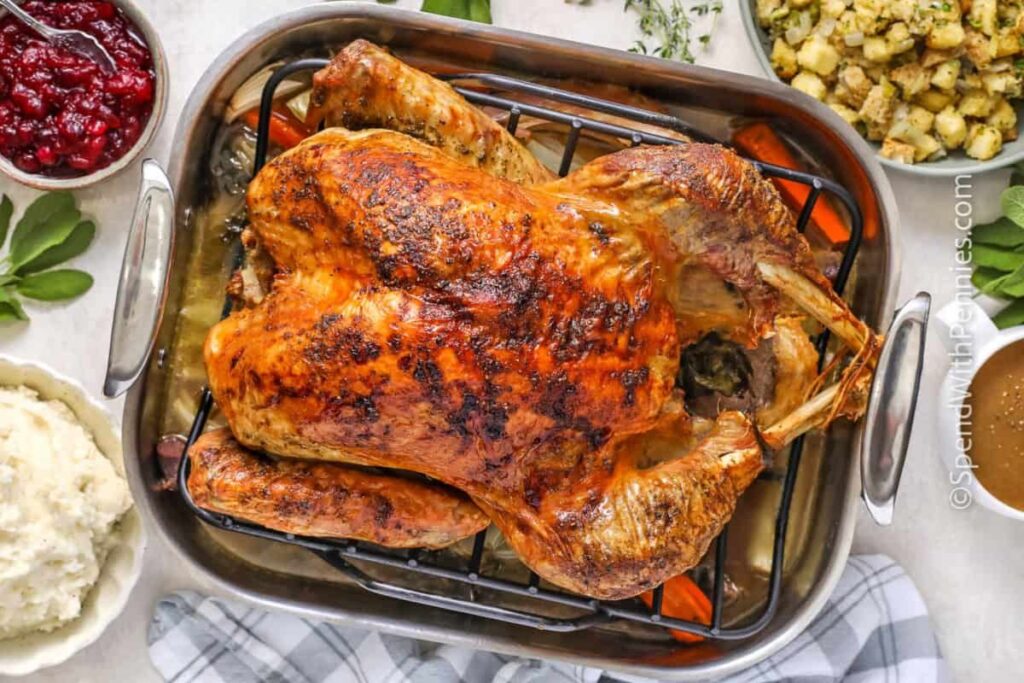
While we often think of turkey as the ultimate Thanksgiving centerpiece, it wasn’t always on the menu. Early settlers in Plymouth had access to wild turkeys but also dined on other meats like deer, duck, and fish. By the 19th century, turkey’s popularity grew as it became associated with harvest meals, and its large size made it ideal for feeding many people.
Native Americans had long hunted turkeys and used every part of the bird. The tradition of eating turkey on Thanksgiving was popularized by books like A Christmas Carol, which associated it with festive meals. Turkey remains the star of Thanksgiving today due to its size and ability to feed a crowd.
Cranberry Sauce: A Native Tradition
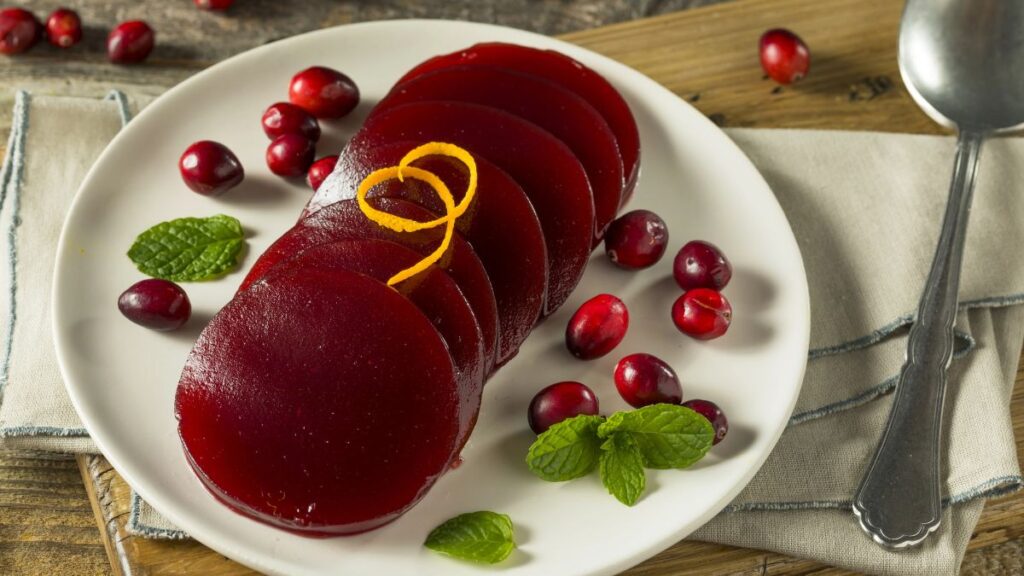
Cranberries are one of the few fruits native to North America, and Indigenous peoples used them in cooking and medicinally. They mixed cranberries with meats to create “pemmican,” a type of energy-rich food. European settlers later sweetened cranberries with sugar, leading to the sauce we know today.
The first canned cranberry sauce was introduced in the early 1900s and became a convenient Thanksgiving staple. Now, cranberry sauce has become a Thanksgiving classic, with recipes ranging from canned jelly to homemade sauces with added spices. Its tartness pairs perfectly with the savory flavors on the Thanksgiving table.
Pumpkin Pie: A Dessert with Ancient Roots
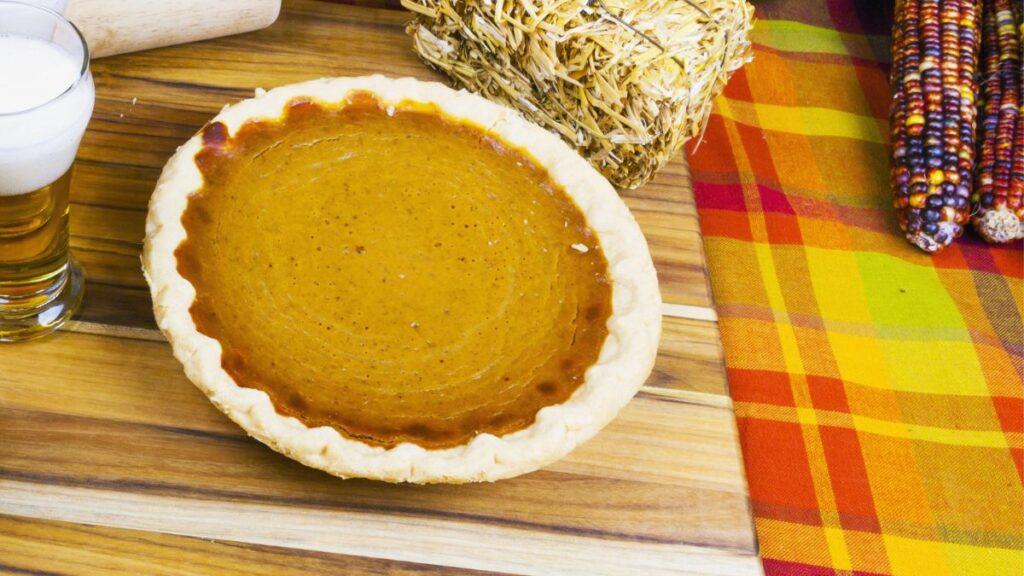
Pumpkins are native to North America, and Indigenous peoples used them in many forms, including roasted and mashed. Early European settlers learned to cook pumpkins in savory dishes and eventually added sugar and spices.
The modern pumpkin pie was popularized in the 1800s when canned pumpkin made the recipe easier. Pilgrims likely didn’t have pumpkin pie as we know it today but may have eaten cooked pumpkins. The spices commonly used, like cinnamon, nutmeg, and cloves, were brought over from Europe, adding warmth to the dessert. Today, pumpkin pie is synonymous with Thanksgiving, embodying both colonial and Native American traditions.
Sweet Potatoes: A Southern Classic
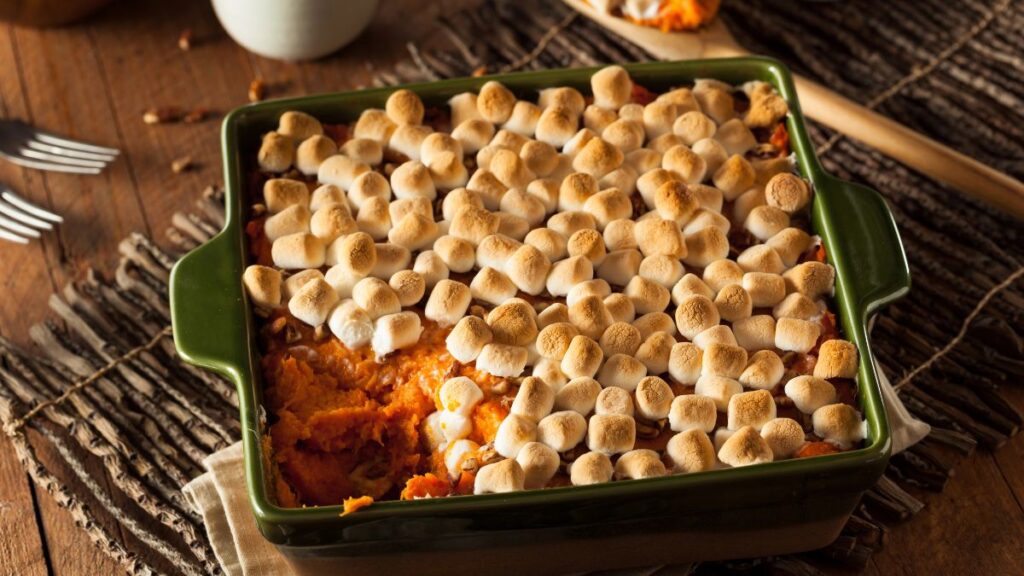
Sweet potatoes, often baked or made into casseroles, have origins tracing back to Central and South America. Native Americans cultivated the crop long before European settlers arrived. Early European settlers adopted sweet potatoes, and they later became a staple in Southern cooking.
Marshmallow companies added marshmallows to sweet potato casseroles in the early 1900s as a marketing tactic. This unique twist created the sweet, gooey dish popular at Thanksgiving today. Sweet potatoes are now an essential Thanksgiving side, adding a sweet and hearty touch to the meal.
Stuffing: From Ancient Rome to New England

The concept of stuffing dates back to Ancient Rome, where cooks filled meats with herbs, spices, and grains. Europeans brought the idea to America, where settlers adapted it using local ingredients like cornbread and wild herbs. Cornbread stuffing is especially popular in the Southern United States.
Thanksgiving stuffing has evolved to include a variety of ingredients, from sausage to cranberries. The Pilgrims may have stuffed their turkeys with herbs and onions, creating an early form of stuffing. Today, stuffing recipes are widely varied and a beloved Thanksgiving staple.
Green Bean Casserole: A 1950s Invention
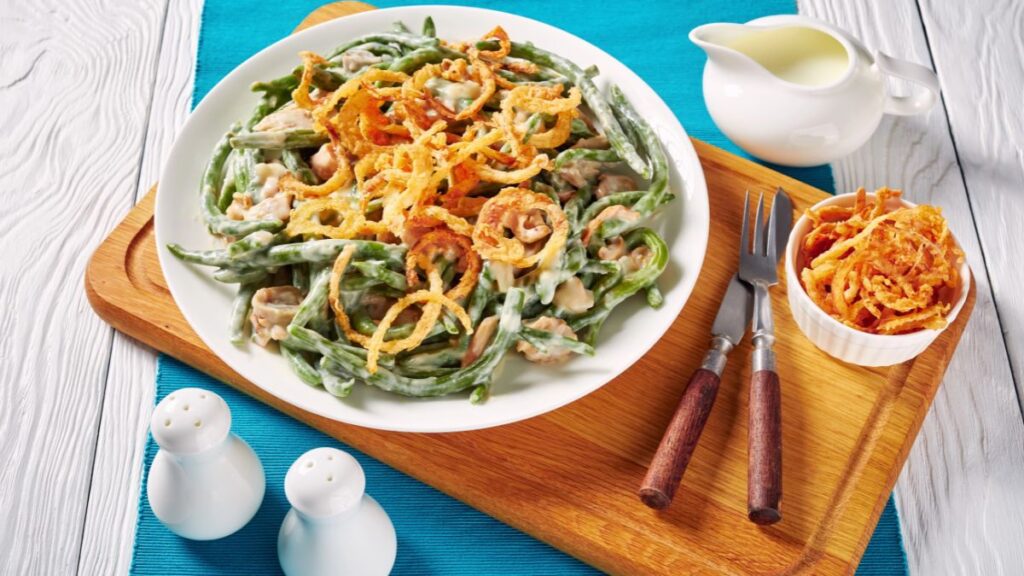
Green bean casserole was created in the 1950s by a Campbell Soup Company home economist who aimed to make an easy side dish using simple ingredients. The recipe called for canned green beans, cream of mushroom soup, and crispy fried onions. It quickly became a popular dish, especially during Thanksgiving, because of its simplicity and flavorful taste.
The convenience of using canned soup and beans made it easy to prepare for large gatherings. Now, green bean casserole is a Thanksgiving favorite, with many families adding their own twists. Its creamy and crunchy texture has made it a lasting part of holiday tables.
Mashed Potatoes: An Irish Influence

Potatoes originated in South America and were brought to Europe in the 16th century, where they became popular, especially in Ireland. The Irish introduced mashed potatoes to the U.S., where they became a staple in American cuisine.
Potatoes are versatile and easy to prepare, making them a perfect Thanksgiving side. For many families, mashed potatoes are essential, often served with gravy. Today, mashed potatoes are prepared in many different ways, from creamy to chunky, depending on regional and family preferences. This classic side dish continues to be a Thanksgiving must-have.
Corn: A Native Harvest Staple
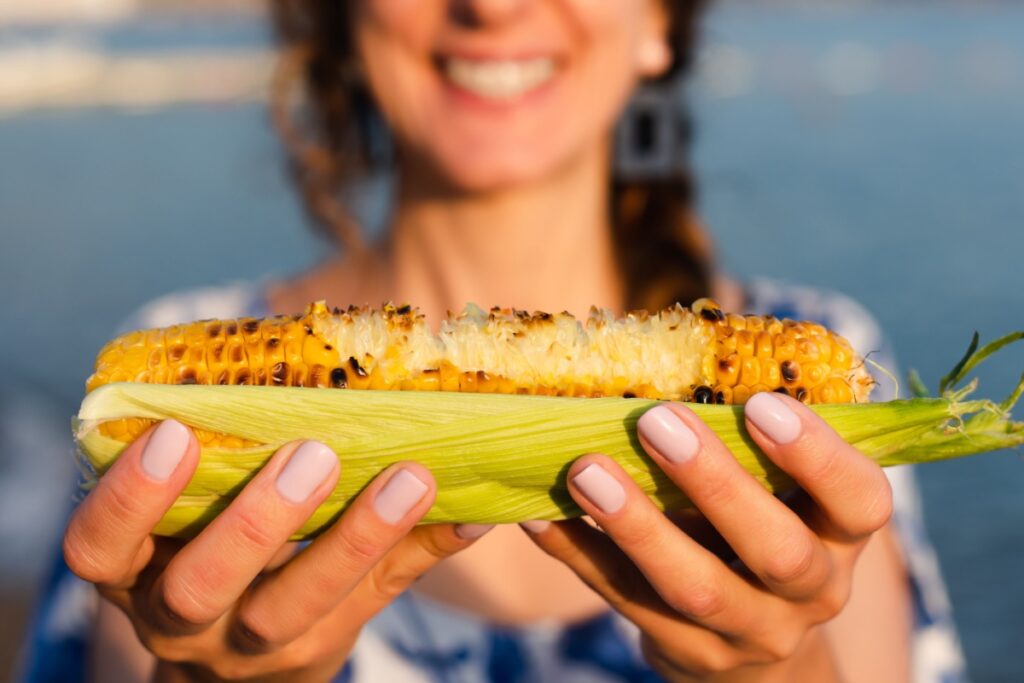
Corn was a staple crop for Indigenous peoples long before European settlers arrived. Native Americans taught early settlers how to cultivate and cook corn, which became a mainstay in their diet. Cornbread, made from ground cornmeal, evolved from Indigenous recipes.
Today, cornbread and corn pudding are popular Thanksgiving dishes, connecting us to this history. Corn also symbolizes the harvest and abundance, making it a fitting addition to the Thanksgiving table. Its versatility in recipes keeps it as a holiday favorite.
Gravy: A Medieval Sauce
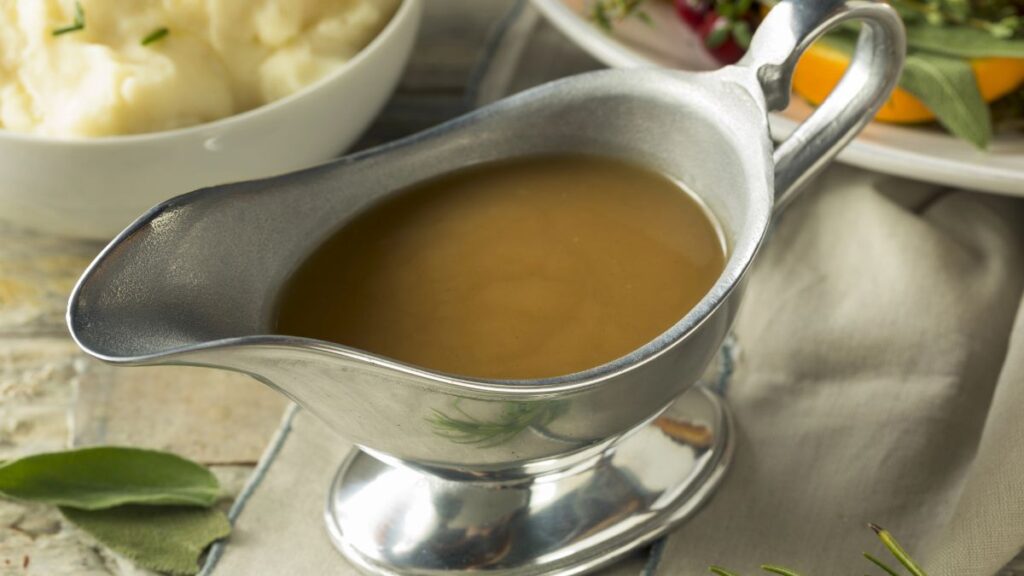
Gravy has roots in medieval cooking, where chefs would use meat drippings to make rich sauces. Early American settlers adapted the method, using turkey drippings to create the Thanksgiving gravy we know today.
Gravy enhances mashed potatoes, turkey, and stuffing, adding a savory element to the meal. While basic gravy uses flour and broth, many people add spices or herbs for extra flavor. Thanksgiving wouldn’t feel complete without this classic sauce. Gravy remains essential to the Thanksgiving spread, bringing everything together.
Carrots: A Harvest Tradition
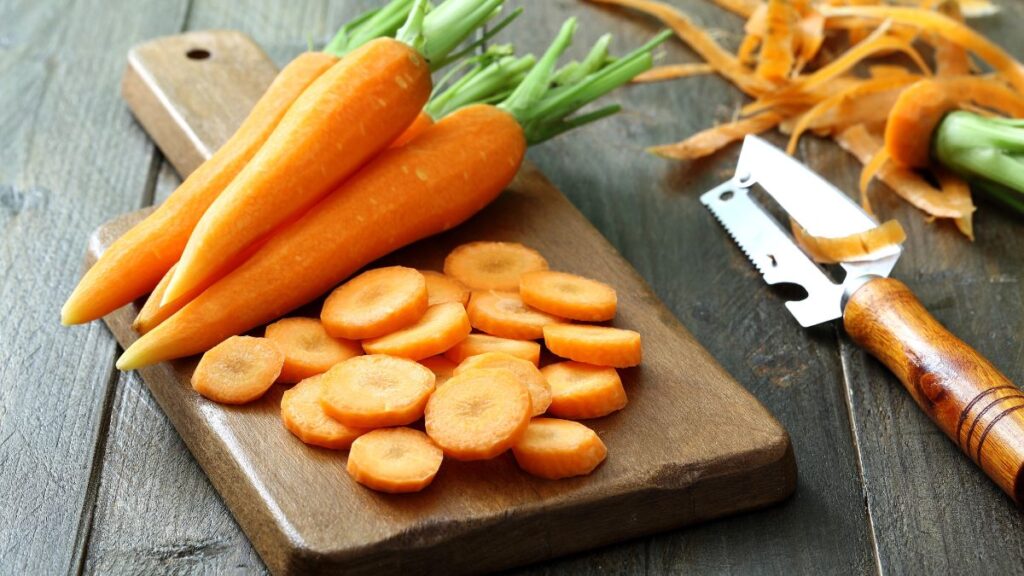
Carrots have been cultivated for thousands of years, originally in regions of Europe and Asia. They were brought to America by European settlers and became a popular vegetable due to their sweetness and versatility. Carrots are often glazed, roasted, or mixed into casseroles during Thanksgiving.
Their bright color also adds a pop to the Thanksgiving table. In some cultures, carrots symbolize prosperity and are enjoyed during celebratory meals. Today, they’re a healthy and tasty addition to any holiday feast.
Apple Pie: Colonial Origins with a Twist
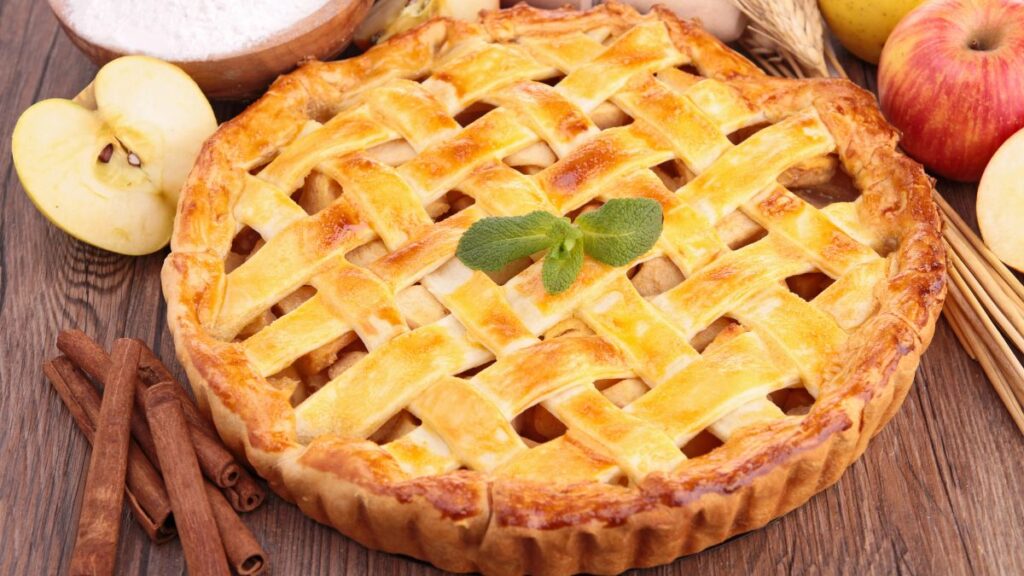
While apple pie is often associated with American culture, its roots trace back to Europe, where it was popular in England and the Netherlands. Early settlers brought apple trees to America, and apple pie eventually became a holiday favorite.
Traditional Thanksgiving pies, however, were often made from pumpkins or squash instead of apples. As apple orchards spread across the U.S., apple pie grew in popularity. The combination of apples with cinnamon and sugar made it a comforting dessert. Now, it’s a classic dish at Thanksgiving dinners across the country.
Brussels Sprouts: A Colonial Import

Brussels sprouts were cultivated in Belgium as early as the 16th century and later became popular in England and the United States. European settlers introduced the vegetable to North America and it has been part of Thanksgiving tables since. Brussels sprouts are typically roasted or sautéed with bacon or balsamic vinegar for added flavor.
Although not everyone’s favorite, Brussels sprouts contain nutrients and fiber. They’ve become a common Thanksgiving dish, especially as more people explore healthy side options. Their earthy flavor pairs well with other rich Thanksgiving foods.
Butternut Squash: Native American Influence

Butternut squash, a native plant in North America, was used by Indigenous peoples for centuries before European settlers arrived. They would roast or boil the squash for its sweet, nutty flavor. The settlers adopted this nutritious food and later incorporated it into harvest meals.
Today, butternut squash is often served roasted, mashed, or in soups at Thanksgiving. Its rich, creamy taste makes it a seasonal favorite. Butternut squash represents the blend of Native American and colonial food traditions.
Dinner Rolls: A European Addition

Dinner rolls trace back to European baking traditions, with settlers bringing the recipes to America. Bread was an important staple for early settlers and continued to be popular at special meals. Rolls became a Thanksgiving favorite, perfect for sopping up gravy and other sauces.
These soft, fluffy breads add a comforting touch to the meal. Today, dinner rolls are a Thanksgiving must-have, often homemade or freshly baked. They balance out the flavors on the Thanksgiving table.
Pecan Pie: Southern Origins
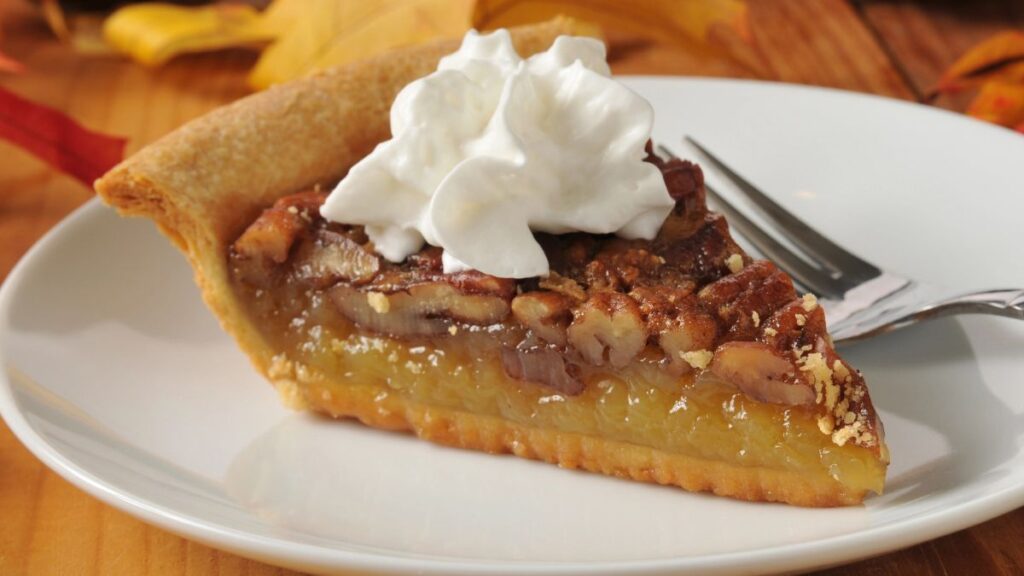
Pecan pie is a dessert rooted in Southern American tradition. It combines locally grown pecans with sugar and eggs. Pecans are native to North America, and the pie’s popularity grew in the early 20th century. It’s especially popular during Thanksgiving in Southern states.
The richness of the pecans combined with a sweet filling makes this pie a satisfying end to a Thanksgiving meal. Over time, pecan pie has become a widely loved dessert at holiday gatherings. Its origins reflect both the resources and culinary creativity of the South.
15 Most Annoying Habits of American Tourists When Dining Abroad
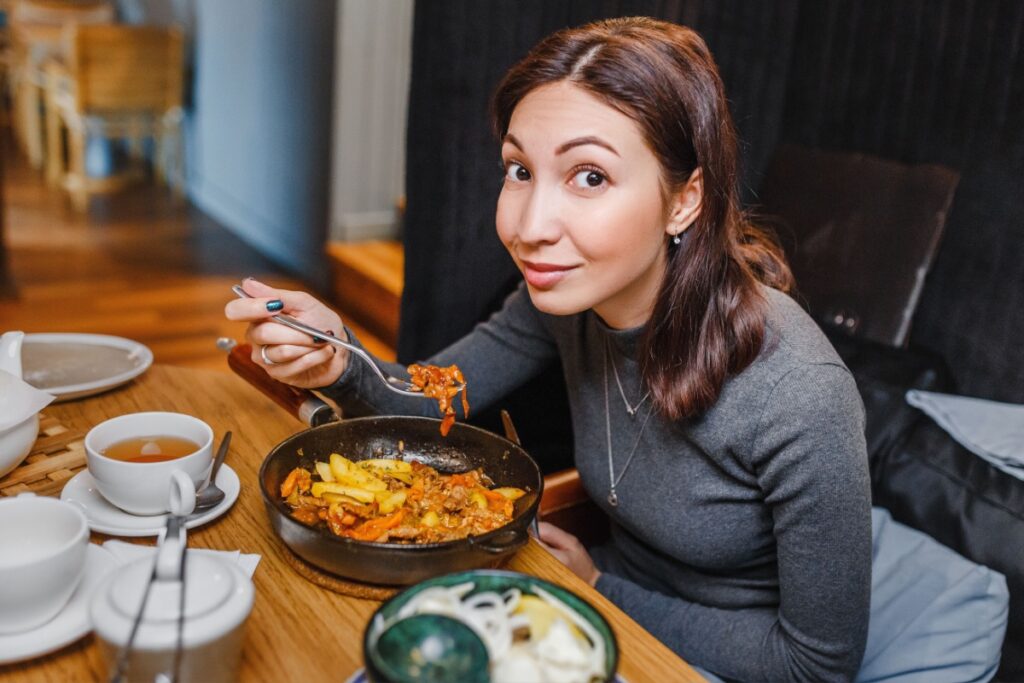
Traveling abroad is an exciting adventure, and dining in new places is a big part of the experience. However, some common behaviors by American tourists can frustrate locals and affect the dining experience.
15 Most Annoying Habits of American Tourists When Dining Abroad
20 Foods No One Can Afford Anymore Due To Inflation

With the ever-rising living costs, some foods have become luxury items that only the wealthiest can afford. From exotic delicacies to once-affordable staples, the price hikes have made certain foods out of reach for the average consumer.






